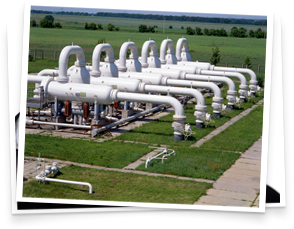

It’s important to understand that it is uneconomical (and at times, impossible) to store electricity. Therefore, it must be consumed as soon as it is produced. This particular characteristic makes its pricing very volatile and ever-changing. Furthermore, it is a secondary commodity in that its prices are reflective of other primary commodities used to produce it. Therefore, the key determining factor in predicting electric rate trends is to monitor these primary commodity prices in order to ensure prime energy savings.

Due to increased competition and policy shifts, energy producers are being forced to become more conscious of how they produce energy. Today, the majority of the plants are moving towards natural gas as the key commodity used to produce electricity. While its front-end price per unit cost may not be cheaper than other sources such as coal, it’s cleaner and more efficient, which leads to lower regulatory and maintenance fees and higher back-end price rewards.

So, what effect does natural gas have on today’s electric prices? It’s quite simple... if we can predict where natural gas prices will go, energy savings will become more commonplace. Due to the recent economic crisis, industrials slowed, and in some cases halted production. These trends, along with new methods of drilling for natural gas, ultimately decreased overall demand and increased supply levels to max capacity. Therefore, we experienced one of our all-time lows in electric rates nationwide. Today, natural gas prices are rising from their lowest pricing levels in over five years. As we emerge from recession, natural gas is once again poised for growth. According to industry experts, as the economy regains strength, so to will demand and overall pricing levels. In short, now is the time to buy!

Unified Energy Alliance has consulting partners positioned within your market so we can react in real-time to opportunities as they arise. We will professionally negotiate an energy contract on your behalf, to ensure that your energy prices will be at or below current market levels. This will help you capitalize on today’s market conditions to assure energy savings so that the price of your contract will not increase with the rising energy market.